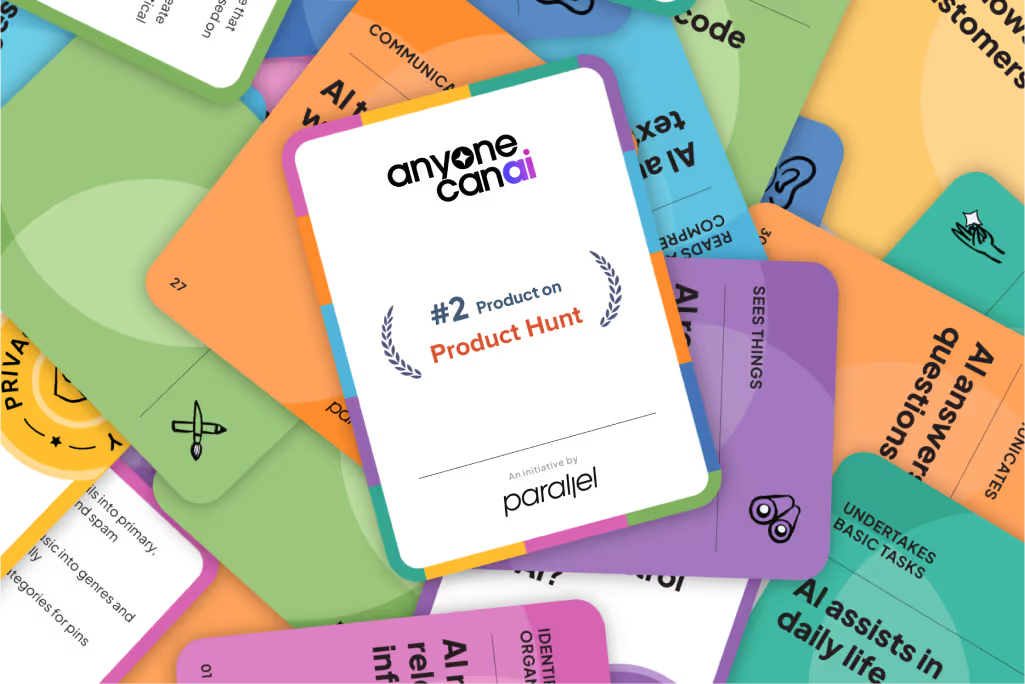Can User Testing Help You Reduce Product Cycles?
As a product lead or startup founder, you're constantly told to solve a real problem and build what people want. But how can you know if you're on the right track?

As a product lead or startup founder, you're constantly told to solve a real problem and build what people want. But how can you know if you're on the right track?
There are lots of UX research methods out there: user interviews, surveys, focus group discussions, etc. But most UX content out there doesn't help you select a method that's right for your product.
This blog is exactly about that. I'll teach you how to use user tests to quickly accelerate your product development with high-quality user validation. Let's dive right in.

Every product team's story ever...
If you're a startup, you're restless to launch the product of your dreams and change your users' lives. But will it?
To make sure your product is right for your user, you decide to do proper UX research. You build user personas, create user journeys, conduct user interviews, gather new requirements and features, go through a few development cycles to bake them into the product... and in the end, users still complained.
That's it, no user interviews next time.
A faster horse or a car?
As Henry Ford supposedly said, "If I had asked my customers what they wanted, they would have told me a faster horse."
That's a story we have seen with every innovative product — if you are building to innovate, you have to try new things, because users won't think from first principles and tell you what to build.
That's what happened with personal computers, smartphones, iTunes, wearable tech, etc. No one asked for these products. Someone thought about building them and launched them, and them people loved them because they truly solved problems.
.jpg)
Problem vs. solution
User interviews are great for understanding your problem.
What challenges are users facing? Why are users unable to do something?
If you don't have enough market information, you can do user interviews. Make users focus on the problem statement to understand whether it is a real problem that needs to be solved.
But once you have zeroed down on your product's problem statement, it's time to think of a solution. In fact, most product people/designers are actually working on figuring out the right solution. And most people will recommend the huge UX process: user personas and journeys and interviews and what not.
But this will take weeks or, more likely, months. Is there a simpler solution?
Enter... user tests
In my experience, user tests are a great way of thinking through your solution.
First, bring together your team to brainstorm on a potential solution (maybe using Design Sprints).
Product leads, product managers and designers will be able to take their ample knowledge about the problem, and quickly turn it into into a prototype. You can make a decent prototype using simple tools such as paper sketches, wireframes on Figma, or even mockups on Google Slides or Keynote.
Next, take your prototype — yes, the hacky prototype you just created — to five users and see whether they like it or not. This will give insights into whether your solution actually solves your problem or not.
(It may sound too small, but 5 users will tell you enough. Here's research to back it up.)
The best time to do user research
Once you are ready with your prototype and restless to start coding, that's exactly the best time to do your user research — not before and not after.
Here are a few reasons:
- If you do user tests before the prototype is ready, you'll get ambiguous feedback. People will end up talking about generic stuff, and you won't get real insights into your product.
- If you do user tests after the product is built... then what if you have to start over from scratch? It will be extremely painful.
- If you do user tests after a few screens are done, people won't have a complete view into your product. So you'll still get ambiguous feedback, because users might not be able to visualise the rest of the product as well as you do.
- If you do user tests after the product is launched — well, why would you do user research then? Just watch the product data and infer.
When your prototype is ready, test it with a few users and get validation for your idea.
Why user tests, not anything else?
User testing is the best way to get feedback because it gives users a tangible way of experiencing the user journey. That helps users (and you!) see for themselves whether your product actually solves their problem.
There are other UX research methods that might be good when you are forming an idea, thinking through which users to focus on, etc. But, to get product validation, user tests work like a charm.
Here are a few reasons why:
- They are quick. Recruiting, preparing and conducting user tests with 5-10 users only takes up to three days — which is far better than wasting three weeks (or more) of dev time to know whether the product works. That's a hell of a lot of company cost that you are saving.
- They are reliable. You can test your product with real users and with a real prototype of the user journey.
- They cut the BS. With real data from real, potential users of your product, you don't have to waste hours arguing why a feature should be included. If your marketing or engineering team has a different view, don't argue. Just test two versions of the same prototype, and you'll know exactly what works.
How to conduct user tests
I am actually not the best person to talk about how to do user tests, so let me point you to the gurus.
- HotJar: A Beginner's Guide to Usability Testing
- NN Group: Usability Testing 101
- Jake Knapp: The Five-Act Interview
Change your mindset
When you think about some of the UX research methods, they might seem like a waste of time. And yes, they can be, if you are using the wrong method.
But user testing is one of the quickest ways of getting user validation before writing a single line of code.
It can save you months of back and forth — developers building irrelevant features, only to get scrapped later on; PMs tracking irrelevant data, only to learn that users don't use something; and designers experiencing the curve of "Wow, what a feature! 😁" to "What a feature! 😭"
Whatever you want to call it — usability testing or user testing or product testing — it is half-science, half-art, and completely effective.
Header photo by freestocks.









.avif)



